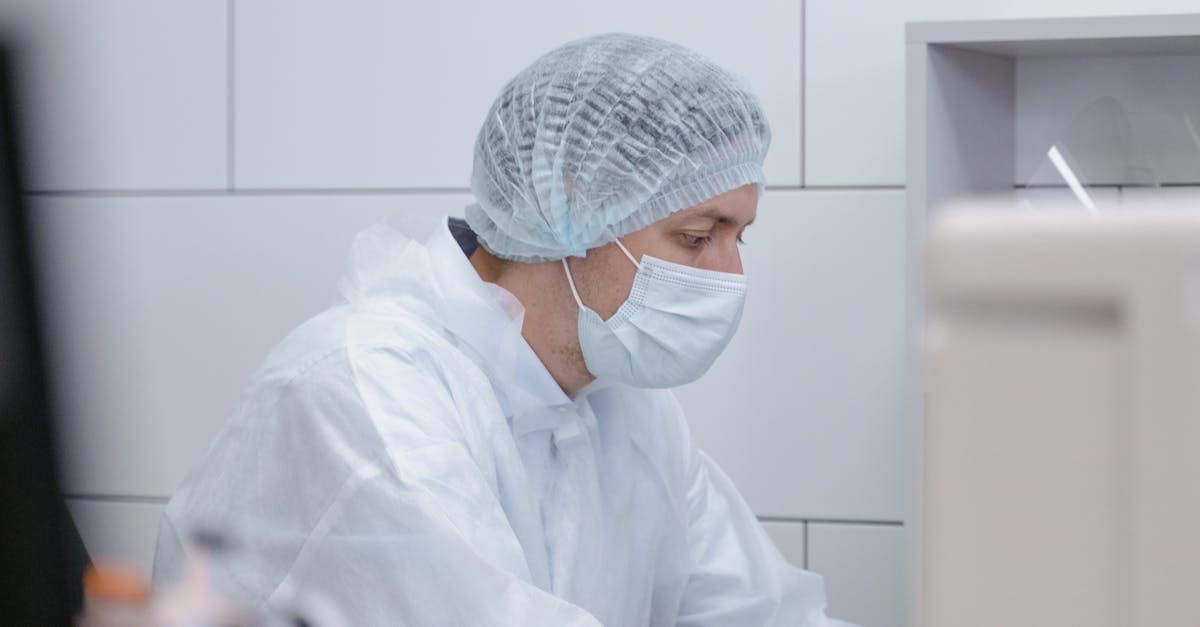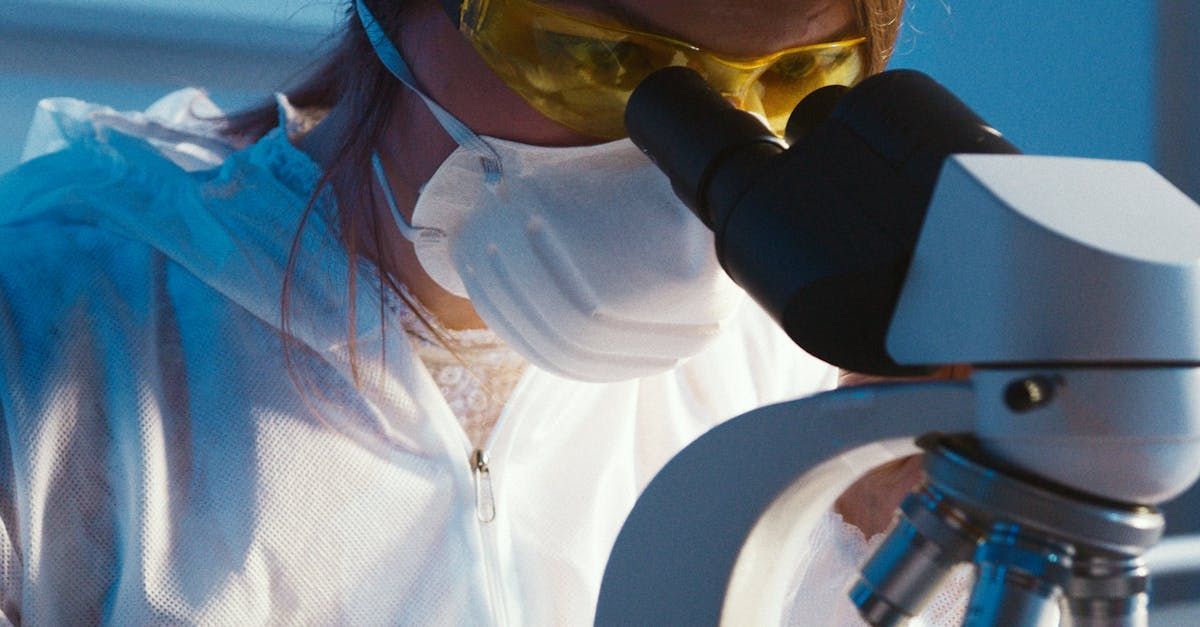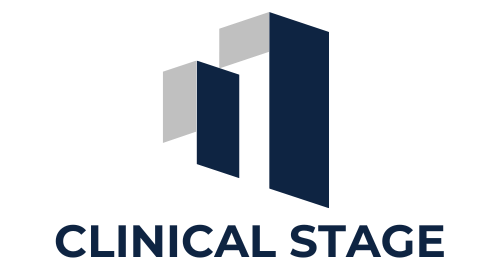Innovations in Drug Delivery Systems in Clinical Trials
Drug delivery systems are an essential component of the pharmaceutical and clinical research industries. They not only dictate how a drug is administered but also influence its absorption, distribution, metabolism, and excretion within the body. The effectiveness and safety of a treatment can significantly depend on the delivery system used. Historically, drug delivery was limited to basic forms such as oral tablets, topical applications, or injectable solutions. These methods, while effective for many conditions, often fell short in terms of precision, efficacy, and patient compliance.
The importance of innovation in drug delivery systems lies in the potential to improve treatment outcomes. Innovations can lead to more effective targeting of diseases, minimizing side effects, and enhancing the overall therapeutic experience for patients. Moreover, they can play a pivotal role in the success of clinical trials by improving data accuracy, reducing costs, and accelerating the drug development process. In this blog, we will explore the recent innovations in drug delivery systems, their transformative impact on clinical trials, and the challenges and future directions in this rapidly evolving field.
The Evolution of Drug Delivery Systems
The journey of drug delivery systems from ancient herbal remedies to the sophisticated technologies of today reflects a continuous quest for better, more efficient methods of administering therapeutic agents. In ancient times, natural products were used in various forms—herbs, poultices, and tinctures—without much understanding of how they interacted with the body. The discovery and synthesis of drugs in the 19th and 20th centuries led to the development of more standardized forms of drug delivery, such as tablets, capsules, and injections.
Traditional drug delivery methods have several limitations. Oral administration, the most common route, often faces challenges such as poor bioavailability due to degradation in the gastrointestinal tract or extensive first-pass metabolism in the liver. Injections, while more direct, can be invasive and uncomfortable for patients, potentially leading to non-compliance. Additionally, these methods often require frequent dosing, which can be inconvenient and lead to fluctuations in drug levels within the body, potentially causing side effects or reducing efficacy.
Technological advancements have driven significant improvements in drug delivery systems. For instance, the introduction of controlled-release formulations allows for the gradual release of a drug over time, maintaining more consistent blood levels and reducing the need for frequent dosing. The development of transdermal patches provided a non-invasive alternative for delivering drugs through the skin, offering a steady release and improved patient compliance. Furthermore, the advent of biopharmaceuticals, including proteins, peptides, and nucleic acids, necessitated the creation of novel delivery systems capable of protecting these delicate molecules from degradation while ensuring their delivery to the target site.
Current Innovations in Drug Delivery Systems
One of the most transformative areas in drug delivery is the application of nanotechnology. Nanotechnology-based drug delivery systems include nanoparticles, liposomes, dendrimers, and micelles. These nanoscale carriers can encapsulate drugs, protecting them from degradation and facilitating their delivery to specific tissues or cells. For example, nanoparticles can be engineered with surface ligands that bind to specific receptors on cancer cells, allowing for targeted delivery of chemotherapeutic agents. This targeted approach not only enhances the drug's efficacy but also reduces the systemic side effects typically associated with chemotherapy.
Liposomes, which are spherical vesicles with a lipid bilayer, are another notable example of nanotechnology in drug delivery. They can encapsulate both hydrophilic and lipophilic drugs, offering a versatile platform for delivering a wide range of therapeutics. Liposomal formulations have been successfully used in treating various cancers and infectious diseases, as they can improve the pharmacokinetics and bioavailability of drugs. The encapsulation also protects drugs from premature degradation, enhancing their stability and shelf life.
Microneedle patches represent another cutting-edge innovation in drug delivery. These patches consist of arrays of tiny needles, often less than a millimeter in length, that painlessly penetrate the outermost layer of the skin, allowing drugs to be delivered directly into the dermal or subcutaneous layers. This method bypasses the gastrointestinal tract and avoids first-pass metabolism, improving the bioavailability of the drug. Microneedle patches are particularly promising for vaccine delivery, offering a needle-free and potentially self-administered option that could simplify mass immunization efforts. They have been explored for delivering insulin, hormones, and other biologics, with studies showing good patient acceptance and compliance.
Smart drug delivery systems are a more recent development, incorporating sensors, electronic components, or responsive materials to create systems that can respond to specific physiological triggers. For instance, some smart systems can release drugs in response to changes in pH, temperature, or the presence of certain biomarkers. This capability allows for a more precise and dynamic control of drug release, tailored to the patient's specific needs at any given time. An example of this is insulin pumps that can automatically adjust the delivery of insulin based on real-time glucose measurements, providing a more personalized and responsive treatment for diabetes patients.
Biodegradable implants and controlled-release systems are also at the forefront of innovation in drug delivery. These systems can provide a steady release of a drug over an extended period, from weeks to months or even years. They are made from materials that gradually degrade in the body, eliminating the need for surgical removal after the drug is depleted. This approach is particularly useful for chronic conditions that require consistent long-term treatment, such as hormone replacement therapy, pain management, or certain types of cancer. Patients benefit from reduced dosing frequency, which can significantly enhance adherence and overall quality of life.
Impact on Clinical Trials
The introduction of innovative drug delivery systems has had a profound impact on clinical trials, influencing patient recruitment, retention, data collection, and overall trial outcomes. One of the most significant impacts is on patient compliance and retention rates. Traditional drug delivery methods can be inconvenient or uncomfortable, leading to non-compliance or dropout from clinical trials. For example, patients may find it challenging to adhere to complex dosing schedules or may be hesitant to participate in trials requiring frequent injections. Innovations such as microneedle patches or controlled-release implants offer more convenient and less invasive alternatives, improving patient adherence to trial protocols. This, in turn, leads to more reliable data and more accurate assessments of a drug's efficacy and safety.
Enhanced efficacy and safety profiles are another critical benefit of advanced drug delivery systems. By enabling targeted delivery, these systems can concentrate the therapeutic agent at the site of action, maximizing its therapeutic effects while minimizing exposure to healthy tissues. This precision reduces the likelihood of adverse effects, which is particularly important in clinical trials where safety concerns can delay or halt development. For instance, targeted nanoparticles can deliver chemotherapy drugs directly to tumor cells, sparing healthy cells and reducing the severity of side effects commonly associated with chemotherapy. This not only enhances patient safety but also improves the overall assessment of the drug's therapeutic potential.
Innovative drug delivery systems also streamline clinical trial processes, making them more efficient and cost-effective. Smart drug delivery devices, for example, can provide continuous monitoring and real-time data collection, reducing the need for frequent clinic visits and extensive manual data entry. This continuous data collection can provide a more comprehensive picture of the drug's effects, allowing for quicker identification of efficacy signals or safety concerns. Additionally, these technologies can facilitate adaptive trial designs, where the trial parameters can be adjusted in real-time based on the emerging data. This flexibility can accelerate the development timeline and reduce the overall cost of clinical trials.
Moreover, innovative delivery systems can enhance the recruitment and retention of diverse patient populations in clinical trials. Traditional methods can sometimes exclude patients due to practical or logistical challenges, such as difficulty accessing a trial site or managing a complex treatment regimen. By offering more convenient and less burdensome options, such as self-administered microneedle patches or long-acting implants, these innovations can make it easier for a broader range of patients to participate in clinical trials. This inclusivity is crucial for ensuring that the trial results are generalizable and applicable to a diverse patient population.
Challenges and Considerations
Despite the many benefits, there are several challenges and considerations associated with the development and implementation of innovative drug delivery systems. One of the primary challenges is navigating the regulatory landscape. Regulatory agencies, such as the FDA and EMA, have stringent requirements for the safety and efficacy of new drug delivery technologies. These requirements can vary significantly between regions, complicating the development and approval process for global clinical trials. Additionally, innovative delivery systems often involve complex manufacturing processes, which must be thoroughly validated and controlled to ensure product consistency and quality.
Ethical considerations are also paramount when developing and testing new drug delivery systems. Ensuring patient safety is a primary concern, particularly for technologies involving invasive procedures or novel materials. For example, while microneedle patches are generally considered safe, there are still potential risks associated with skin reactions or infections. Patients must be fully informed about these risks and the potential benefits to make an informed decision about participation in clinical trials. Informed consent processes must be robust and transparent, particularly when dealing with vulnerable populations or first-in-human trials.
Cost and accessibility are other critical challenges. While innovative drug delivery systems can offer significant advantages in terms of efficacy and patient convenience, they often come with higher development and manufacturing costs. These costs can translate to higher prices for the end product, potentially limiting access to these advanced treatments, especially in low- and middle-income countries. Addressing these disparities requires collaborative efforts from governments, healthcare providers, and the pharmaceutical industry to develop pricing strategies, subsidies, or reimbursement models that ensure equitable access to these innovations.
Technological limitations also present challenges. While the field has made tremendous progress, there are still significant hurdles to overcome. For instance, while nanotechnology offers the promise of targeted drug delivery, challenges such as potential toxicity, stability, and scalability remain. Ensuring that nanoparticles are safe and effective at the required doses, and that they can be produced consistently at scale, is a significant challenge. Similarly, smart drug delivery systems, while offering real-time monitoring and dynamic control, raise concerns about data security, device reliability, and patient privacy. Ensuring these systems are robust, secure, and user-friendly is essential for their widespread adoption.
Notable Labs: Pioneers in Innovations for Drug Delivery Systems in Clinical Trials
Notable Labs is at the forefront of revolutionizing the pharmaceutical and clinical research industries through cutting-edge innovations in drug delivery systems. These systems are critical for determining not only how drugs are administered but also their absorption, distribution, metabolism, and excretion within the body. Traditional methods like oral tablets, topical applications, and injections have served well for many conditions. However, they often fall short in precision, efficacy, and patient compliance, necessitating the need for more advanced delivery solutions.
Innovations in drug delivery are crucial for enhancing treatment outcomes. They enable more effective targeting of diseases, minimizing side effects, and improving the overall therapeutic experience for patients. These advancements are particularly impactful in clinical trials, where they can enhance data accuracy, reduce costs, and expedite the drug development process. Notable Labs focuses on these innovations, from the use of nanotechnology and microneedle patches to smart drug delivery systems and biodegradable implants, to transform how treatments are developed and delivered. Their work not only improves efficacy and safety but also aims to make these advanced therapies accessible to a broader patient population. By pioneering these innovations, Notable Labs is setting a new standard in drug delivery and clinical trial efficiency, paving the way for more personalized and effective treatments.
Conclusion
The evolution of drug delivery systems is a testament to the power of innovation in improving healthcare outcomes. From the basic methods of oral and injectable administration to the advanced technologies of nanotechnology, microneedle patches, smart drug delivery systems, and biodegradable implants, these innovations have transformed the landscape of medicine and clinical research. They have not only improved the efficacy and safety of treatments but also made it possible to address previously unmet medical needs.
The impact of these innovations on clinical trials is profound, offering the potential to enhance patient compliance, improve data accuracy, and streamline the trial process. By making treatments more accessible and less burdensome, these advanced delivery systems can encourage broader participation in clinical trials, leading to more inclusive and representative data. However, these benefits come with challenges, including regulatory hurdles, ethical considerations, cost, and technological limitations.
The significance of continuous innovation in drug delivery systems cannot be overstated. As we continue to face new healthcare challenges, from chronic diseases to emerging infectious diseases, the need for more efficient, targeted, and patient-friendly drug delivery methods will only grow. The integration of advanced delivery systems in clinical trials and routine clinical practice is essential for advancing medical science and improving patient outcomes.
Recap of Innovations in Drug Delivery Systems in Clinical Trials
To realize the full potential of these innovations, it is crucial to encourage further research and investment in drug delivery systems. Researchers, pharmaceutical companies, healthcare providers, and policymakers must work together to address the challenges and leverage these technologies' potential fully. This collaboration includes supporting clinical trials that test new delivery systems, developing regulatory frameworks that facilitate innovation while ensuring safety, and creating strategies to make these technologies accessible to all patients, regardless of their economic status or geographic location.
Moreover, stakeholders must engage in a broader conversation about the future of drug delivery, considering the ethical implications, potential societal impacts, and the role of emerging technologies like artificial intelligence and biotechnology. By fostering an environment of innovation, transparency, and collaboration, we can drive progress in drug delivery systems, ultimately leading to better, more effective treatments and improved health outcomes for patients worldwide.
As we look to the future, it is clear that the field of drug delivery will continue to evolve, driven by advancements in science and technology. The potential for personalized medicine, where treatments are tailored to the individual patient based on their genetic makeup, lifestyle, and other factors, is particularly exciting. This vision of personalized medicine will rely heavily on innovative drug delivery systems that can deliver the right drug, at the right dose, at the right time. The journey is far from over, and the next decades promise to bring even more groundbreaking discoveries and innovations in this field.










